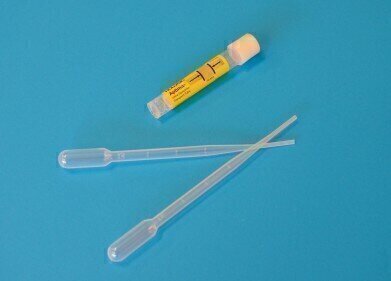-
 A freshwater shrimp enables quantitative analysis of river pollution using electrophoresis
A freshwater shrimp enables quantitative analysis of river pollution using electrophoresis
Electrophoretic Separations
Electrophoresis enables quantitative analysis of river pollution
Jul 13 2010
A freshwater shrimp, Gammarus, is present in all rivers, according to French national research centre for environmental engineering and agriculture Cemagref.
By subjecting the DNA of the shrimp to an electrophoretic process, scientists are able to determine how polluted the river in which it lived was.
This quantitative analysis is enabled because the DNA of a healthy shrimp will form a spherical shape in electrophoretic gel.
A shrimp from a polluted river, however, will produce a comet-like pattern with a nucleus and a tail whose length is comparable with the pollutant level of the river.
The research centre is broadening its studies to other varieties of the shrimp in an attempt to create a wider spectrum of testing options for determining river pollution.
However, as Gammarus is so widely abundant in rivers worldwide, it adds that testing using this method is already relatively simple.
Digital Edition
Chromatography Today - Buyers' Guide 2022
October 2023
In This Edition Modern & Practical Applications - Accelerating ADC Development with Mass Spectrometry - Implementing High-Resolution Ion Mobility into Peptide Mapping Workflows Chromatogr...
View all digital editions
Events
ACS National Meeting - Fall 2024
Aug 18 2024 Denver, CO, USA
Sep 04 2024 Chiba, Tokyo, Japan
Sep 04 2024 University of Warwick, Coventry, UK
Sep 10 2024 Rockville, MD, USA
Plastics Recycling World Expo Europe
Sep 11 2024 Brussels, Belgium













